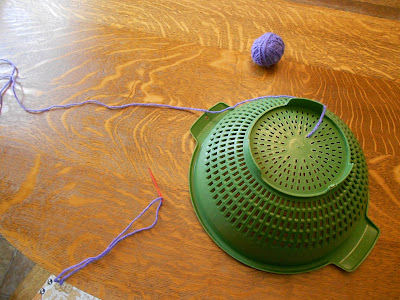
We've kind of become paleontological historians this week, thanks to Nathan Aaseng's ten short biographies of past and present paleontologists in his
American Dinosaur Hunters, and because of a call we put into the The Museum of the Rockies, attempting to find out, what we thought was a simple questions - "How many T. Rex fossils have been found worldwide, representing how many skeletons? And of those, how many have been found in Montana."
The answer proved difficult for them to find (though they did make an attempt, something I really appreciate). That fact, together with PBS's
American Experience: Dinosaur Wars, which we watched to go along with the Aaseng's biographies of O.C. Marsh, and Edward Cope, led us to understand the history of American paleontology has been more about treasure hunting like pirates, than investigating like scientists.
We saw this theme repeated in Judith Williams'
The Discovery and Mystery of A Dinosaur Named Jane, where we read about a team from the Burpee Museum of Natural History hiding a dinosaur find under fresh dirt and rock, until they could return to the sight a year later, with proper permits allowing them to dig, and remove the fossils of a juvenile T. Rex. It wasn't enough for them to make the find, they needed to keep it for themselves.

This has been the case with many fossil finds, but no more so than with the remains of the T. Rex, as we read about in Douglas Dixon's
The Discovery of T. Rex. Even the learned halls of academia have made a series of errors in their presentations of fossils and findings, in the rush to be the first to present a new dinosaur.

Another thing we've noticed is that many of the men and women (mainly men) who are considered giants in the history of paleontology, the ones who have formed our thinking of the "prehistoric" world, were not as educated, or trained, or even atheistic, as the current scientific literature might have led us to believe. Even Dr. John "Jack" Horner, the curator of paleontology at the Museum of the Rockies, holds only an honorary doctorate, and as far as I can tell, has not even earned a bachelors degree.

Still he's a fascinating researcher, we appreciated his TedxVancouver presentation entitled,
"The Shape-Shifting Skulls of Dinosaurs", found here, on You Tube. And, I'm thoroughly enjoying his
How to Build a Dinosaur, Extinction Doesn't Have to Be Forever co-authored by James Gorman. I'm reading it pretty well as a work of science fiction, set in Montana, but with a few tendrils of truth, and glimpses into where the science is heading.
If nothing else, it's extremely well written, and brings to surface another fact I've learned personally this week, reading it along side
Faith, Form, and Time by Kurt Wise (a creationist, who earned his doctorate in paleontology from Harvard) - that when men of science, or letters, choose to write about their field for the layman, they should always use a ghost writer.
I would love to jump up on a soap box, and rant for a bit about all of the above, but ranting is not really my forte. And besides, this post is growing rather long, and I still wanted to recommend one more book we read this week, before linking into
Mouse Grows Mouse Learns' What My Child Is Reading link-up (where you can find out what other families have been reading, and are recommending this week), and that is
Dinosaur Mummies, Beyond Bare-Bone Fossils by Kelly Milner Halls.

The main reason for my recommendation of this book, beyond it's very interesting topic, can be found in the last few pages, where Halls lists eleven major mummified finds, including where, when, and by whom they were found, as well as the expert in charge of the dig, and the headquarters, or organization behind the "expert". It's not all that often you come across such clear, well mapped out, and presented paleontological information, and is definitely worth note.
It's great to be a homeschooler.

 I based these cookies on a cartoon drawing of a brontosaurus, from FunDraw.com. I traced the clip art right off the computer screen, onto wax paper, to use as a template for the main part of the body, but I got the neck a little short. So, just pretend they look like brontosauruses, or apatosauruses, or whatever you want to call them.
I based these cookies on a cartoon drawing of a brontosaurus, from FunDraw.com. I traced the clip art right off the computer screen, onto wax paper, to use as a template for the main part of the body, but I got the neck a little short. So, just pretend they look like brontosauruses, or apatosauruses, or whatever you want to call them.















































